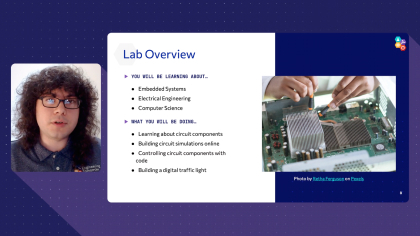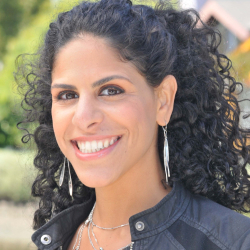Students are introduced to the development and applications of embedded systems and taught how to make their systems using a TinkerCad simulation of the Arduino Uno device and the Arduino programming application.
Students will:
- Learn more about electrical engineering and computer science with a hands-on experience
- Use and Identify several components in the Arduino system, including LEDs, potentiometers, and resistors
- Have a basic understanding of how the Arduino system works
- Use the C coding language with the Arduino computer application
- Create their own Arduino-based projects
Carousel
Carousel-
Lab time commitment
100-140 minutes (including 50-minute intro video)
-
Lab materials
Digital materials only
-
Live Q&A session and wrap up with
College Students & Professional Engineers
Join our Lab Day event!
Learn about Lab Days
January 15, 2026
Ramon Parchment, PMP
Director, Project Management
Consigli Construction

Jasmine Hughley
Mechanical Engineering PhD Student
University of California, Berkeley

Ernest Holmes
Co-founder & President
CodeHouse
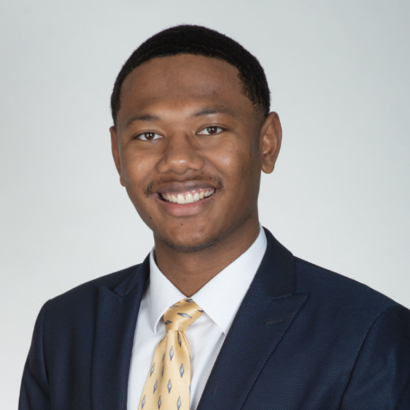
Nate Roseboro
Flight Controls Engineer
Boeing
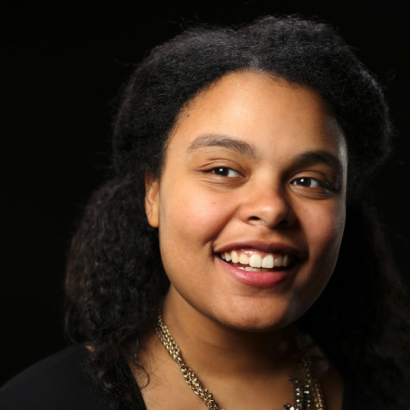
Jaycee Hermida Holmes
Professor of Interactive Media, Spelman College
Co-founder, CodeHouse

Dr. Daniel Okegbu, MBA
Lead Data Scientist
Booz Allen Hamilton
Classroom Tools & Resources
Get access to all of the presentation materials, workbooks and resources to run the Smart Circuits lab in your classroom.
Lab Intro Videos
Get our engineer’s introduction to the lab topic and learn more about the lab activity.
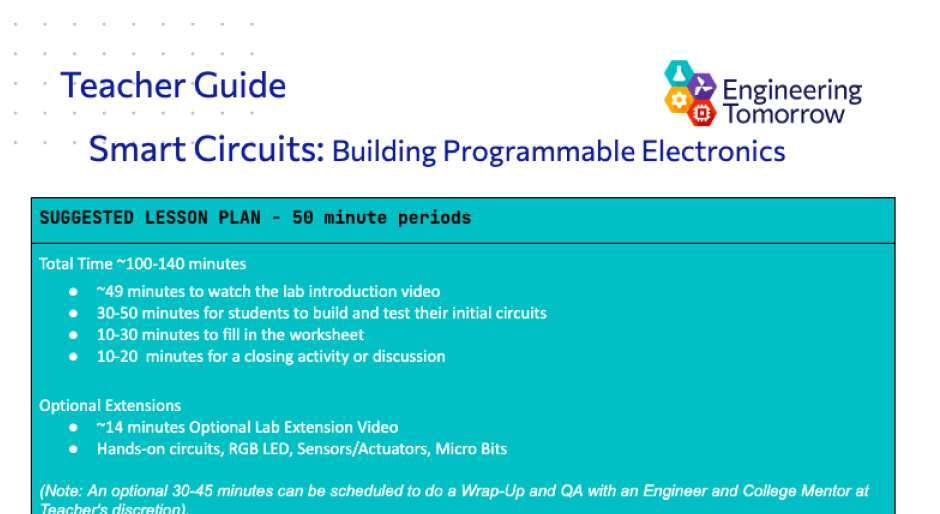
Teacher Guide
Pre-work, instructions and troubleshooting advice.
View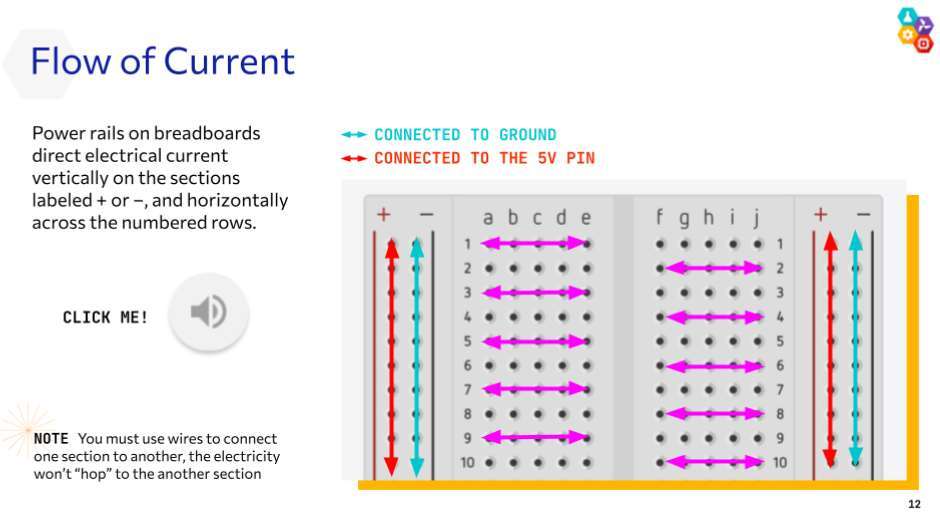
Student Workbook
Questions and assessments from the lab presentation.
View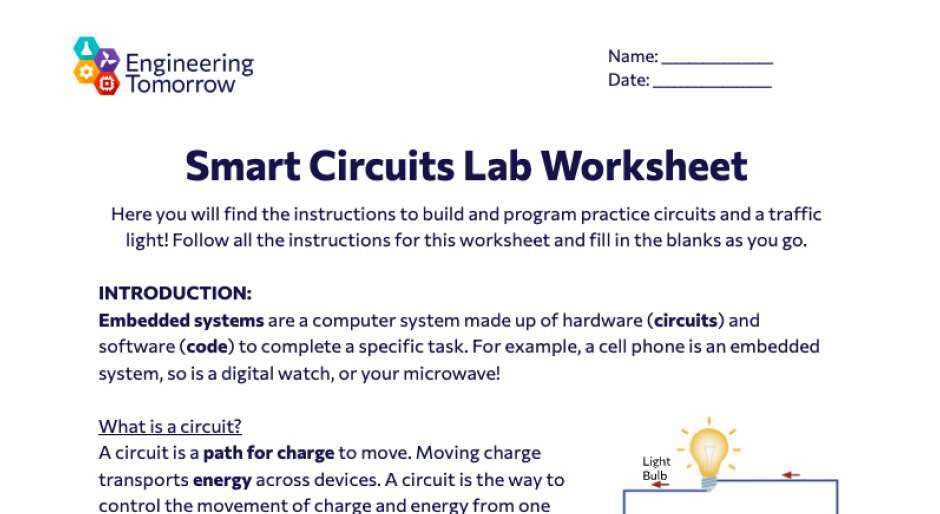
Abbreviated Student Worksheet
A worksheet containing major student lab activities.
View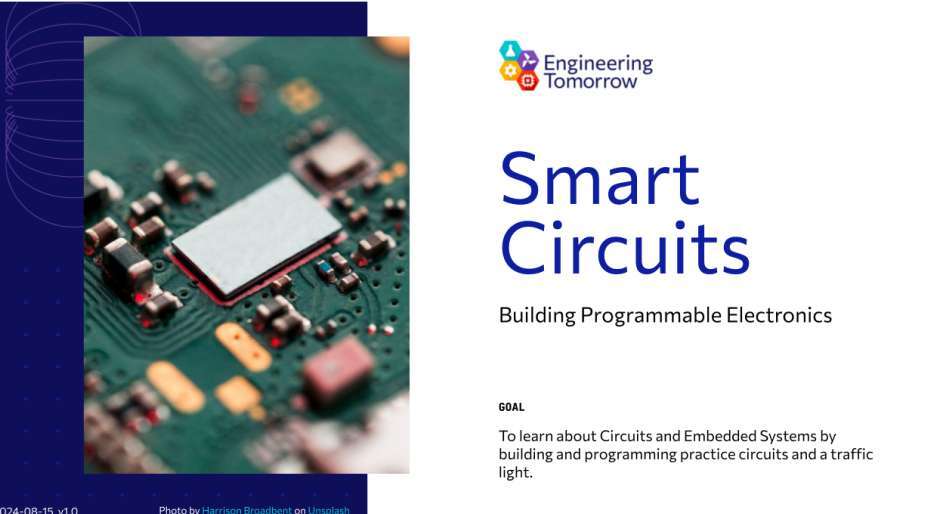
Engineer’s Presentation
Full lab presentation presented by our engineers.
ViewMeet the lab intro host
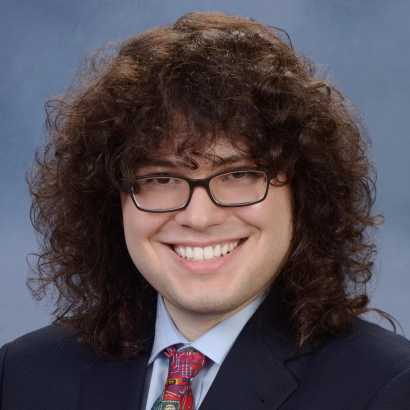
James Venditto
Electrical Engineering Ph.D. Student
,
Columbia University
James is an electrical engineering PhD student at Columbia University’s Lightwave Research Laboratory, where he performs research in the area of integrated photonics. He began his journey in semiconductor devices at the University of Notre Dame, where in 2022 he completed his B.S. in Electrical Engineering, with a concentration in Semiconductors and Nanotechnology. He then went to Columbia, where he obtained his M.S. in Electrical Engineering in 2024.
James designs, simulates, and tests photonic devices that are used for optical communications. Currently, his research projects include examining photonic circuit designs for satellite-satellite communications, and designing components in new material processes.

James is an electrical engineering PhD student at Columbia University’s Lightwave Research Laboratory, where he performs research in the area of integrated photonics. He began his journey in semiconductor devices at the University of Notre Dame, where in 2022 he completed his B.S. in Electrical Engineering, with a concentration in Semiconductors and Nanotechnology. He then went to Columbia, where he obtained his M.S. in Electrical Engineering in 2024.
James designs, simulates, and tests photonic devices that are used for optical communications. Currently, his research projects include examining photonic circuit designs for satellite-satellite communications, and designing components in new material processes.
WHY ENGINEERING TOMORROW

Labs are always conducted with no cost to schools, teachers or students.

Hands-on student activities get students excited and keep them engaged.

Cutting-edge instruction designed by professional engineers.

Unlock opportunities for kids all over the country.










